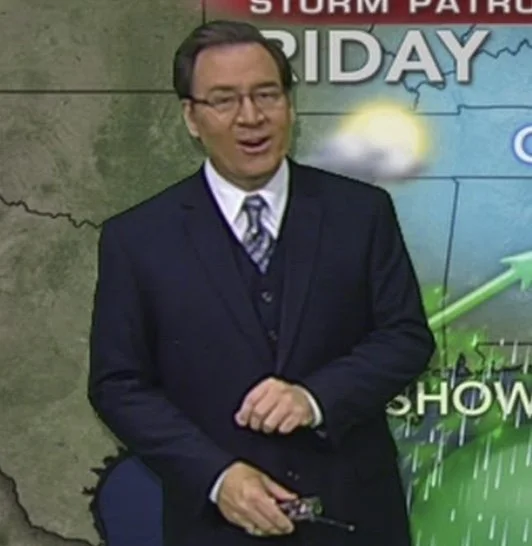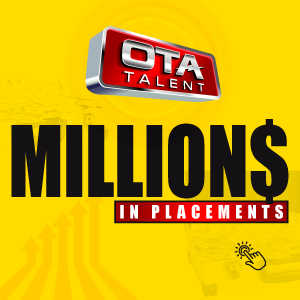100
/Former WFTX (Ft, Myers) Met Jim Syoen posted this to his social media, and I think you could say he nailed it.
With The Indy 500 coming up, I'd like to tell a story that I think very few people have ever heard.
“It was many, many years ago when the race was still in it's infancy. A group of very enthusiastic car manufacturers and owners were determined to win one of the earliest versions of The Indianapolis 500. Many of the details have been lost to history, but they were well backed financially (meaning they were spending their parents money) and decided to enter a car in the 500 mile International Sweepstakes, as it was then called. Their driver was going to be Nicolas "Nicky" Logdon, a young, almost completely unknown driver. Nicolas came from "good lineage" as his father was a heralded driver overseas. Nicolas even had a good nickname that paid homage to his birth city, "Nimble Nick from Brandon Crick." The ownership group became more and more confident about their chances as they spent more and more of their families money. Their enthusiasm was noticed by several individuals in the industry, and their entry was receiving a fair amount of attention, and even became one of the "betting favorites" by the morning of the race.
There was a problem. Nick never driven in a race. He didn't even have a driver's license.
The race ran predictably. Nick was ill prepared and severely outclassed and trailed the field badly after just a few laps. As other drivers began to pass and lap him, Nick panicked, and would often start driving on the grass when other drivers approached from behind. The crowd, many of which has supported Nick at the outset, quickly turned on the driver, and began to pelt his car with apple cores. Supposedly, one of the ownership group nearly ran onto the track, pleading with Nick to return to the pit area. Thinking the car may have a mechanical issue, Nick acquiesced and pitted. Nick's owners pleaded, unsuccessfully at first, for him to withdraw from the race, and Nick was only stymied when the Chief Mechanic cut the spark plug wires, rendering the car un drivable.
The next day, the ownership group and track officials were so embarrassed by the entire incident, "Nimble Nick" was stricken from the official record book, and the press was asked to please forget the whole ordeal in the interest of preserving the sport. (It's possible some favors were called in, and perhaps some money changed hands). In conclusion, all involved parties swore never to speak of the incident again.
You probably never heard that story before. It's because I made it up.
However, the above incident happens frequently in the television business.
I woke up today and read an article that one of the cable news networks debuted a new evening show that is getting record low numbers. The network and host are not important to my analogy. I did Google the host, however, and saw she has almost no broadcasting experience whatsoever.
I will readily admit, this is personally my biggest paper cut for people to pour lemon juice into. The fact is that broadcasting is a skill, and even an art form, and while some people have a somewhat natural proclivity for it, broadcasting can only be mastered through experience.
Somewhat smart once told me, "broadcasting is the transfer of information of information, ideas, and emotions through the use of electronic media." The best broadcasters I've ever worked with were able to master the third item on that list, which is by far the most difficult.
As much as I enjoy relaying anecdotes about my favorite broadcasters and broadcasts, that's probably too much "inside baseball" for most readers. I will however reprint a favorite quote by the great Louis Armstrong. Someone asked him to define jazz. "If you gotta ask, you ain't never gonna know."
It is very unfortunate that some of the training grounds for young broadcasters no longer exist. Radio was the greatest broadcasting teaching medium, but sadly so many stations have very few live "disc jockeys" any more,.....short sighted thinking that has contributed greatly to the demise of their industry.
Local television stations used to produce a variety of original programming, but for many money related reasons, prefer now to stick to only newscasts. Local news is now the primary training ground for broadcasters, but the reliance on pre-produced graphics, teleprompters and cell phones in the field has stunted the growth process greatly.
Ok. I'll indulge myself ONE "inside baseball" broadcasting story. It was the NBC coverage of the 2000 Presidential election between George W. Bush and Al Gore. It was easily one of the most exciting and confusing nights in the history of television. All the networks are projecting results, and they have all the colors on the big TV's with the columns rising from the floor of the studio to show the percentages and the big maps that zoom into the small maps that zoom into the even smaller maps and then the person in "election central trending alert center" with the biggest TV of all.
By the end of the evening, most of the above "bells and whistles" had been abandoned, and the nation was enthralled as Tim Russert, with his little erasable white board, was adding up the ever changing electoral votes. If you Google the late Tim Russert today, you will find many pictures and stories of him and that white board.
Tim created such a stir in the industry, that many local TV stations followed his lead. I know this, because at the time I was working at WBBH-TV in Fort Myers, and our news director made available a stand up erasable white easel for any reporters who wanted to use it. I know, because I actually used it during one of my televised weather casts. If memory serves, I did great and was a big hit,........although it eventually became tough to see the white board clearly through the shower of apple cores.”
















